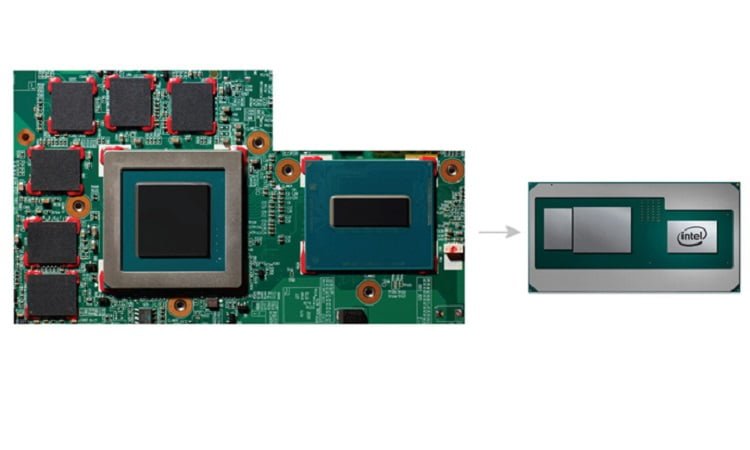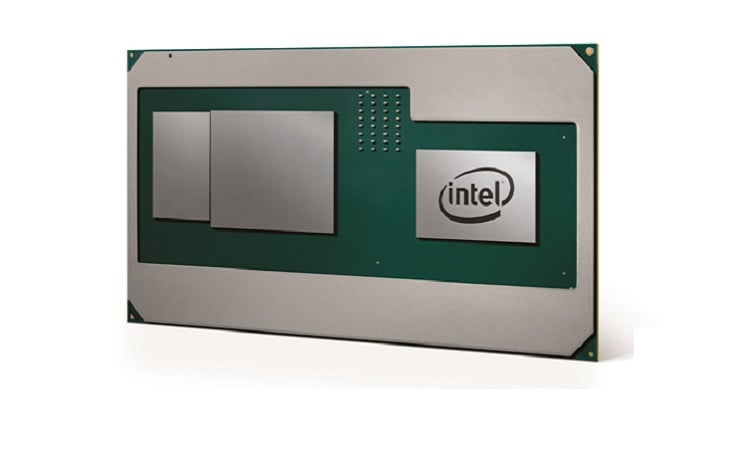Despite current cheer that AMD is gaining ground on Intel thanks to Ryzen cheer, consumers down the road may have new reasons to start worrying. Apparently, Intel and AMD have hopped into bed with each other and a new breed of Intel Core processors will be featuring AMD Radeon graphics technology.
For a long time, Intel has dominated the processor market and it’s only been around a year since AMD hit back with the powerful Zen and Vega architectures. AMD’s Ryzen chips and RX Vega graphics have been giving Intel a serious run for their money – which is of course, good for everyone else. Technology wars are always a good thing since it tends to lead to more competitive pricing.
So, for most of us it comes as a bit of an eyebrow raiser when Intel suddenly announced a new processor that will be joining it’s 8th Gen line-up. One that is strapping on AMD discrete graphics in a single chip.
“The new product, which will be part of our 8th Gen Intel Core family, brings together our high-performing Intel Core H-series processor, second generation High Bandwidth Memory (HBM2) and a custom-to-Intel third-party discrete graphics chip from AMD’s Radeon Technologies Group – all in a single processor package,” commented Christopher Walker, Vice President of Intel’s Client Computing Group.

The new Intel chip is designed for mobile usage and is aimed at building thinner-and-lighter PCs that can kick out massive firepower in gaming and content creation. The processing and graphics components are joined together via an Embedded Multi-die Interconnect Bridge (EBIM) which is what helps them communicate quickly with one another.
Power supply to the new chip is also custom designed since it needs to be spliced accurately between the processor and graphics unit as well as the EBIM. The power sharing framework helps manage temperature, power delivery and performance state in real time. This framework will be critical in future as the chip is tweaked for greater performance on smaller footprints.
“Our collaboration with Intel expands the installed base for AMD Radeon GPUs and brings to market a differentiated solution for high-performance graphics,” said Scott Herkelman, vice president and general manager, AMD Radeon Technologies Group.
All-in, this solution seems to fit in with the needs of both companies. Intel needed to beef up a stagnating product line (which, in honesty, was due for years) while AMD needs to expand market share. A combined product offering will further both those goals and the only remaining question will be, at what cost to consumers?


